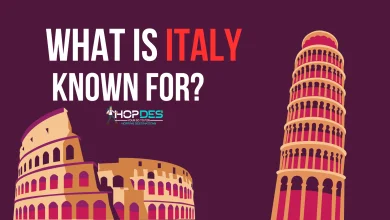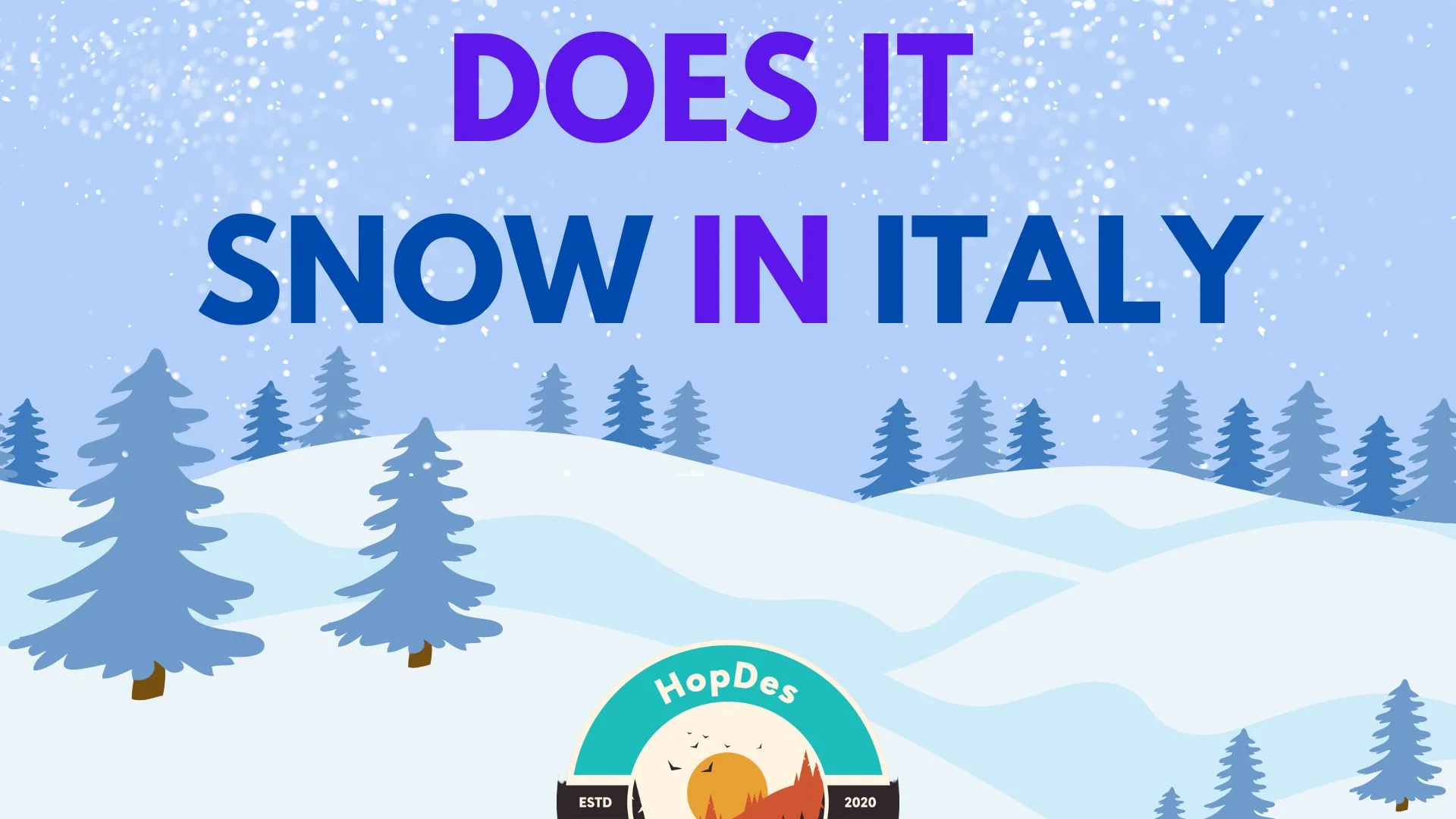
A beautiful land with snowy weather; that’s what a real nature lover seeks always! Italy, a country known for its historic cities, delicious food, and beautiful landscapes, often sparks curiosity about its weather. One common question I’ve seen people ask is ‘Does it Snow in Italy?
The simple answer is, Yes! it does. So, let us explore when and where it typically occurs, and how it can add a touch of winter wonder to your Italian adventure.
Also Read: What is Italy Known For? Mind-Blowing Facts About Italy
Does it Snow in Italy?
Snow in Italy generally falls during the winter months, from December to February.
In the northern regions of Italy, such as the Alps and the Dolomites, snowfall is more common and can occur as early as November and last through March or even April. These areas are popular for skiing and winter sports.
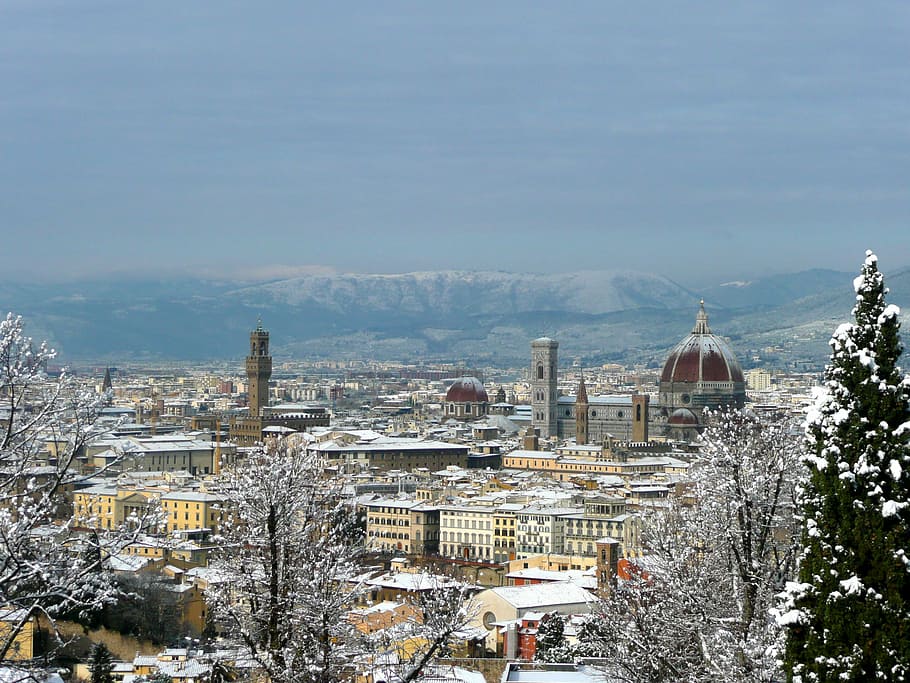
In central Italy, including cities like Florence and Rome, snow is less frequent but still possible during the winter months. Snowfall in these areas is usually less significant and doesn’t last as long as in the north.
Southern Italy and the coastal regions experience milder winters and are less likely to see significant snowfall, though it can occasionally happen in higher elevations.
Snowfall in Italy (Region Wise) | |
| Region | Annual Snowfall (mm) |
| Aosta Valley | 300 – 600 |
| Piedmont | 30 – 100 |
| Lombardy | 20 – 80 |
| Trentino-Alto Adige | 50 – 300 |
| Veneto | 10 – 80 |
| Friuli-Venezia Giulia | 20 – 80 |
| Liguria | 0 – 5 |
| Emilia-Romagna | 10 – 80 |
| Tuscany | 0 – 5 |
| Marche | 10 – 50 |
| Umbria | 0 – 5 |
| Lazio (Rome) | 0 – 5 |
| Abruzzo | 20 – 80 |
| Molise | 10 – 50 |
| Campania | 0 – 5 |
| Apulia | 0 – 5 |
| Basilicata | 0 – 5 |
| Calabria | 0 – 5 |
| Sicily | 0 – 5 |
| Sardinia | 0 – 5 |
Suggested Reading: Our 7 Recommendations of the Top Cities to Live in Italy
Understanding Italy’s Unique Snowfall Pattern
Different parts of Italy receive different variations of snowfall with some having heavy snowstorms while others having rare snowfall sessions. Let’s go through the most famous cities in Italy and their snowfall patterns.
Venice
- Average Snowfall: Venice experiences minimal snowfall, with an average of less than 1 inch (2.5 cm) per year.
- Months of Snowfall: Snowfall in Venice is rare and typically occurs in January or February.
- Famous Activities: During the colder months, you can enjoy fewer crowds while exploring the historic canals, taking gondola rides, and visiting iconic sites like St. Mark’s Square.
Related: 10 Wonderful Places to Visit in Venice – Italy
Rome
- Average Snowfall: Rome rarely experiences snowfall, and when it does, it’s typically light and doesn’t accumulate significantly.
- Months of Snowfall: Snowfall in Rome is extremely uncommon but can occasionally occur in January or February.
- Famous Activities: Winter is a great time to explore Rome’s historical landmarks, such as the Colosseum, Roman Forum, and Vatican City, without the usual summer crowds.
Related Reading: Worst Time to Visit Rome, Italy – Avoid These Months!
Milan
- Average Snowfall: Milan receives around 8 to 10 inches (20 to 25 cm) of snow per year on average.
- Months of Snowfall: Snowfall in Milan is most likely to occur in December, January, and February.
- Famous Activities: Milan is a fashion and cultural hub. During winter, you can explore the city’s museums, indulge in shopping, and enjoy Italian cuisine in cozy restaurants.
Turin (Torino):
- Average Snowfall: Turin receives around 15 to 20 inches (38 to 50 cm) of snow annually.
- Months of Snowfall: Snowfall in Turin usually occurs from December to February.
- Famous Activities: Turin is known for its winter sports and is a gateway to the Alps. You can go skiing, snowboarding, and enjoy other winter activities in nearby mountain resorts.
Bologna
- Average Snowfall: Bologna receives around 4 to 6 inches (10 to 15 cm) of snow on average per year.\
- Months of Snowfall: Snowfall in Bologna is most likely in January and February.
- Famous Activities: Bologna is famous for its medieval architecture and vibrant food scene. During winter, you can explore the city’s historic center and indulge in hearty Italian dishes.
Florence
- Average Snowfall: Florence experiences light snowfall, averaging around 1 to 2 inches (2.5 to 5 cm) per year.
- Months of Snowfall: Snowfall in Florence is rare and can occur in January or February.
- Famous Activities: Winter is a quieter time to appreciate Florence’s art and architecture. You can visit renowned museums like the Uffizi Gallery and enjoy the city’s artistic heritage.
Editor’s Pick: The Best Known Hotels and Resorts in Florence – Italy
Genoa
- Average Snowfall: Genoa receives around 1 to 2 inches (2.5 to 5 cm) of snow per year on average.
- Months of Snowfall: Snowfall in Genoa is rare and might occur in January or February.
- Famous Activities: Genoa offers historic architecture, maritime heritage, and delicious seafood. Winter is a great time to explore the old town, visit museums, and savor Ligurian cuisine.
Verona:
- Average Snowfall: Verona receives around 4 to 6 inches (10 to 15 cm) of snow per year on average.
- Months of Snowfall: Snowfall in Verona is most likely in January and February.
- Famous Activities: Verona is famous for its connection to Shakespeare’s Romeo and Juliet. In winter, you can explore the city’s Roman ruins, and historic center, and enjoy performances at the famous Verona Arena.
What is the temperature like during winter in Italy?
In the northern regions of Italy, such as Lombardy and Piedmont, winters can be quite harsh, with temperatures often dropping below freezing. Here, it’s common to see lows of -2°C (28°F) to -10°C (14°F) in the coldest months of December and January. The snowfall in these regions can be quite heavy, particularly in the mountainous areas where the climate is alpine.
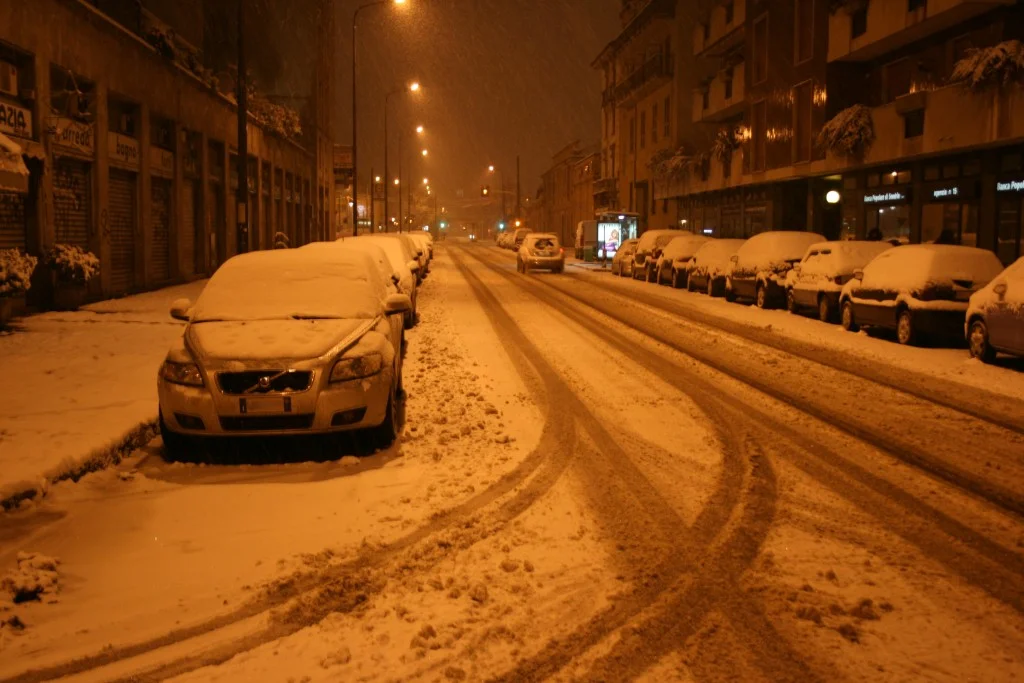
Moving towards the central regions, including Rome and Tuscany, the weather becomes milder in winter. Average temperatures range from 8°C (46°F) to 15°C (59°F) during the day, and can drop to 3°C (37°F) to 6°C (43°F) at night. Snow is less common here, but it’s not unheard of – especially in the hilly regions.
The southern regions and the islands of Sicily and Sardinia boast a mild winter climate. Daytime temperatures can reach 15°C (59°F) to 20°C (68°F), with nights rarely falling below 10°C (50°F). Snow in these parts is a rare sight and is more likely to be seen on the tops of mountains.
| Region | Daytime Temperature Range (°C) | Nighttime Temperature Range (°C) | Snowfall Occurrence |
|---|---|---|---|
| Northern Italy | -2 to -10 | -10 to -2 | Heavy, especially in the mountains |
| Central Italy | 8 to 15 | 3 to 6 | Less common, hilly regions |
| Southern Italy | 15 to 20 | 10 to 15 | Rare, mountain tops |
Please note that the actual temperatures and weather patterns can vary from year to year.
How does the snow in Italy compare to other European countries?
Italy, located on the southern end of the European continent, presents a unique snowfall profile compared to other European countries. This variance is largely due to Italy’s geographical placement and diverse climate zones. So, let’s dive in and see how Italy stacks up against its neighboring European countries when it comes to snowfall.
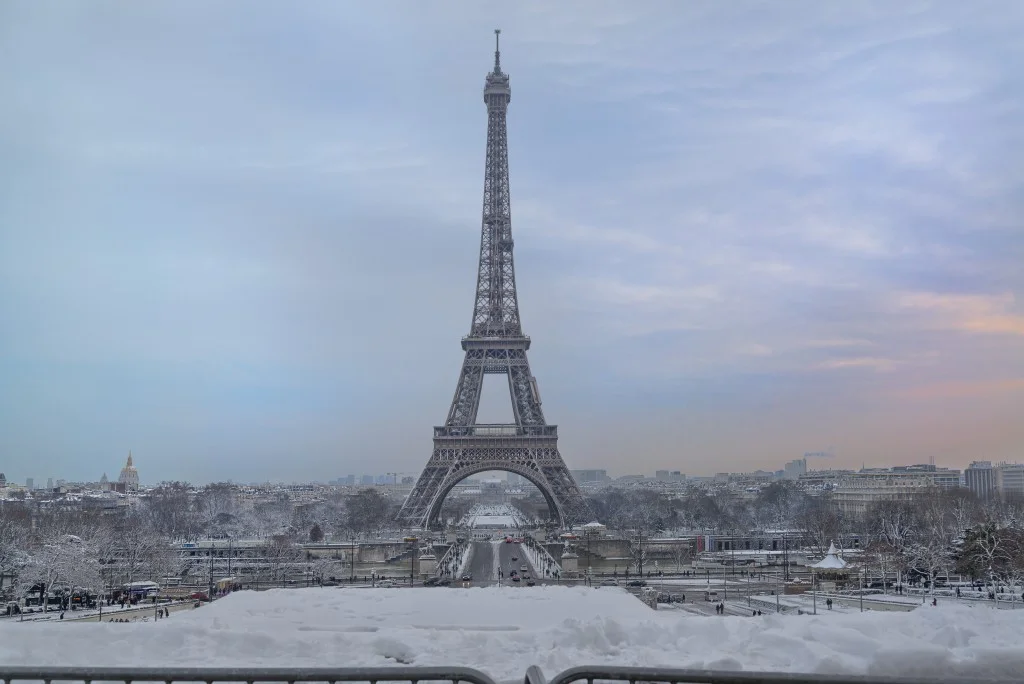
Climate Zones and Average Snowfall
Primarily, Italy has three distinct climate zones: the Alpine region, the Continental region, and the Mediterranean region. Each of these has different snowfall patterns:
- The Alpine region, which includes areas such as Aosta Valley and South Tyrol, sees ample snowfall, comparable to Switzerland or Austria.
- The Continental region, encompassing cities like Milan and Venice, experiences moderate snowfall, akin to France or Germany.
- The Mediterranean region, which includes places like Rome and Sicily, sees little to no snowfall, mirroring countries such as Spain or Greece.
Snowfall Comparison to Other European Countries
Let’s take a comparative look at Italy’s snowfall with other European countries. For this, we’ll use average annual snowfall figures:
| Country | Average Annual Snowfall |
|---|---|
| Italy (Alpine region) | 90-250 inches |
| Italy (Continental region) | 15-30 inches |
| Italy (Mediterranean region) | 0-2 inches |
| Switzerland | 80-200 inches |
| France | 10-20 inches |
| Spain | 0-5 inches |
It’s worth noting that these figures can vary widely from year to year and location to location within each country. However, they give us a good general idea of how snowfall in Italy compares to other European countries.
Historical Instances of Snowstorms in Italy
The following are two of the most known snowstorms that have taken place in Italy in the last decade.
Winter of 2012
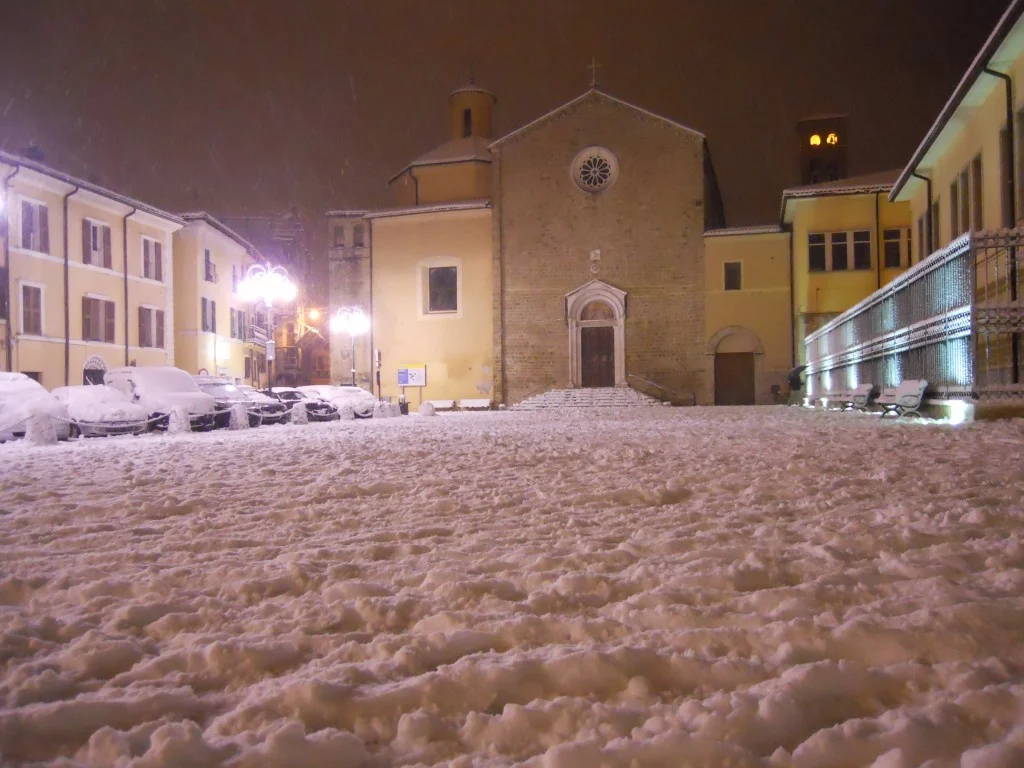
- Impact: Significant snowfall coupled with freezing temperatures and strong winds.
- Damage: Disrupted transportation, including flights and roadways, and caused power outages.
- Locations: Northern and central Italy were hit hard, with regions like Emilia-Romagna and Tuscany experiencing heavy snowfall.
- Notable: The city of Bologna saw its heaviest snowfall in decades, with schools and businesses closing due to the weather.
Winter of 2018 – “Beast from the East”
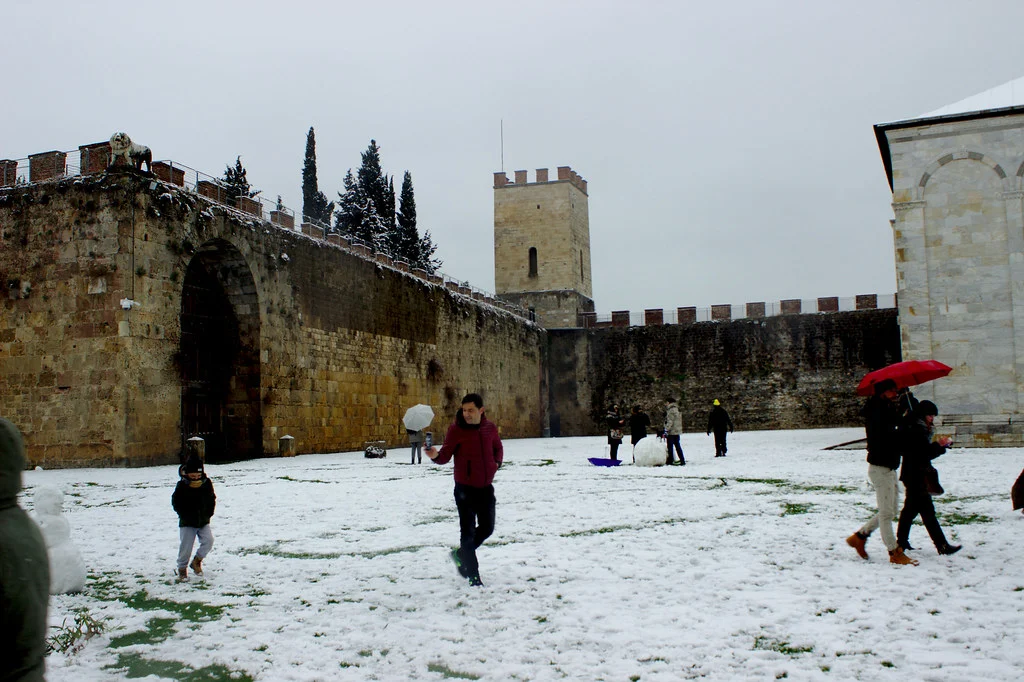
- Impact: An unusual cold wave dubbed the “Beast from the East” brought extreme cold and heavy snowfall.
- Damage: Disrupted travel, closed schools and led to supply shortages in some areas.
- Locations: Affected the northern regions, with the Alps and Dolomites experiencing heavy snow accumulation.
- Notable: Some areas recorded temperatures as low as -30°C (-22°F), causing freezing of lakes and rivers.
Are the roads in Italy affected by snow?
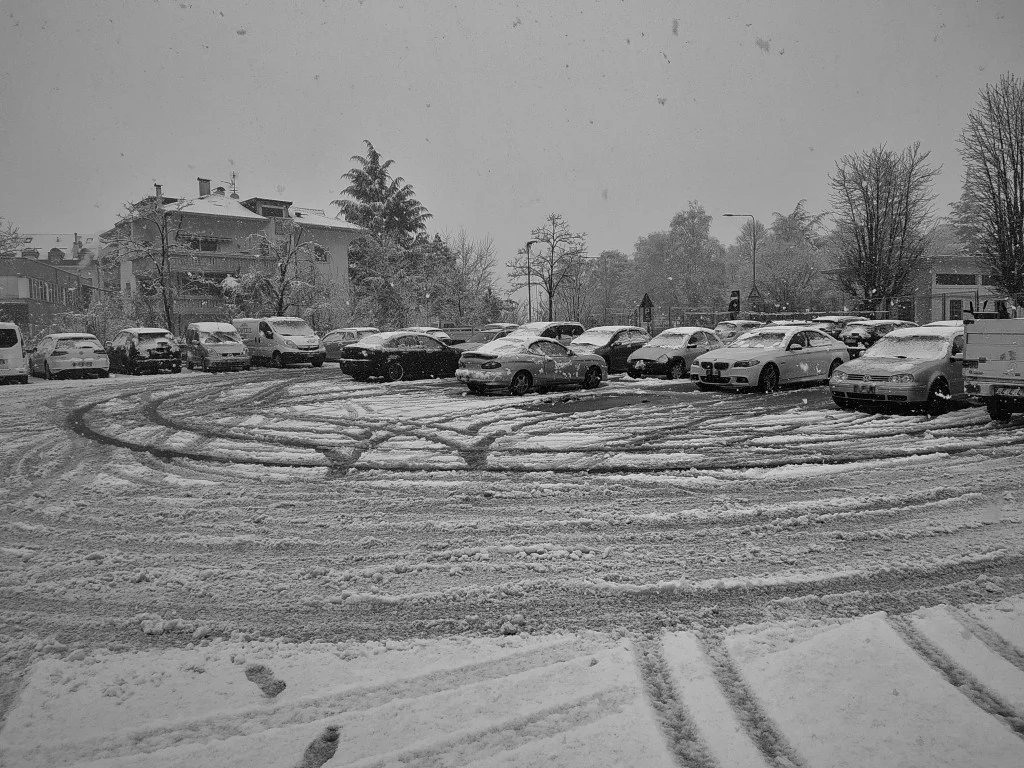
Yes, snow in Italy, particularly in the northern and central regions, can affect road conditions. During the winter months, certain roads may become slippery or completely blocked due to heavy snowfall. It’s not uncommon to experience traffic delays or disruptions due to snow clearance operations.
Here’s a quick breakdown:
| Region | Impact of Snow |
|---|---|
| Northern Italy | Highly likely to experience heavy snowfall, leading to road closures and delays. |
| Central Italy | Snowfall can occur but less frequently than in the North. Roads may become slippery. |
| Southern Italy | Snow is rare and road conditions are typically less or never affected. |
Note: Always review the local weather forecast and road conditions when intending to travel to Italy during winter and Remember, between November 15 and April 15, it is a legal requirement to equip your vehicle with snow tires or chains.
What is the highest elevation point in Italy?
Monte Bianco (Known as Mont Blanc in French) is not only the highest mountain in Italy, but it also holds the title of the highest peak in the European Union. Its summit reaches an astounding 4,810 meters (15,781 feet) above sea level. This mountain is located in the Alps, straddling the border between Italy and France, hence, the two different names.
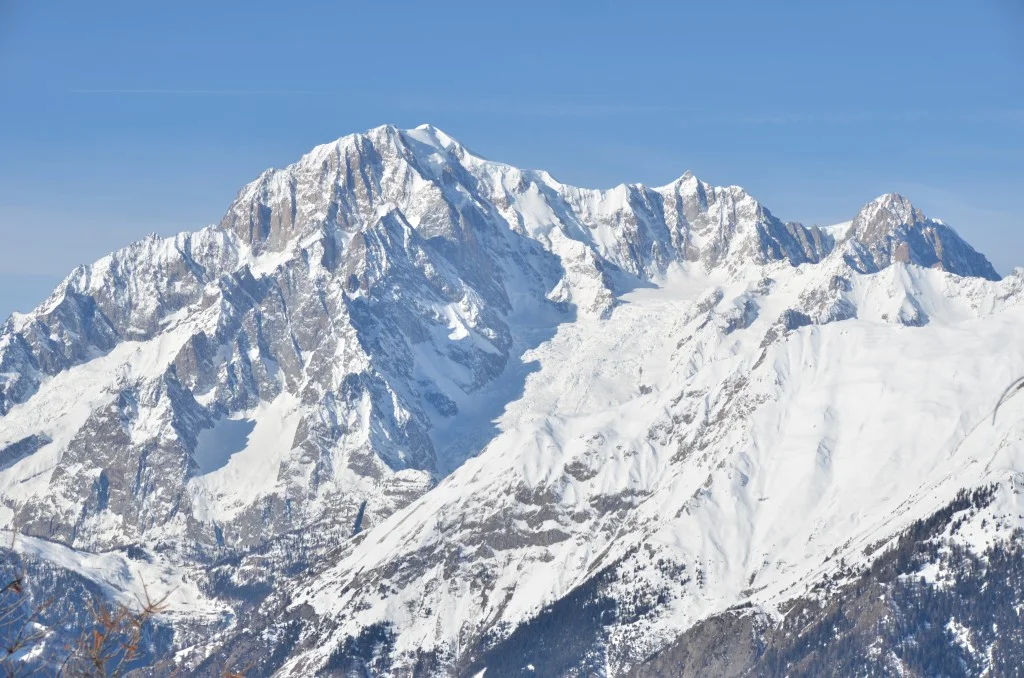
Located in the Graian Alps between the regions of Aosta Valley, Italy, and Haute-Savoie, France, Monte Bianco is a popular destination for mountaineering, hiking, skiing, and snowboarding.
Other Notable Peaks in Italy
Aside from Monte Bianco, Italy is home to a number of other significant peaks. Here’s a brief list of some of them:
- Monte Rosa – At 4,634 meters (15,203 feet), this is the second-highest peak in Italy. Located in the Pennine Alps, it’s a popular spot for mountaineering and skiing.
- Gran Paradiso – Standing at 4,061 meters (13,323 feet), this is the highest mountain entirely within Italy, as Monte Bianco and Monte Rosa both cross national borders.
- Monte Cervino – Also known as the Matterhorn, this iconic pyramid-shaped peak reaches 4,478 meters (14,692 feet) and straddles the border between Italy and Switzerland.
What are the popular winter activities in Italy?
If you’re in Italy during the winter, you may be wondering what activities are popular during this season. After all, Italy is known for its diverse range of recreational opportunities. Here are some of the most popular winter activities that both locals and tourists enjoy:
- Skiing and Snowboarding: With several mountain ranges, Italy is a haven for winter sports enthusiasts. Popular destinations include the Dolomites, Aosta Valley, and the Alps.
- Ice Skating: Many Italian cities, such as Milan and Rome, set up temporary ice rinks for public enjoyment.
- Winter Festivals: Italy is known for its vibrant festivals, many of which take place in winter. These include the Venice Carnival and the Christmas markets sprinkled across the country.
- Wine Tasting: Many vineyards and wineries remain open during the winter season, offering a cozy indoor activity.
- Thermal Baths: What better way to warm up than by dipping into a soothing thermal bath? Places like Saturnia are famous for their natural hot springs.
So whether you love outdoor winter sports, enjoy festive celebrations, or prefer indoor activities, Italy has something to offer you during the winter.
What are some recommended winter destinations in Italy?
Italy boasts several gorgeous destinations perfect for winter breaks. So, grab your mittens, and let’s explore some of the top winter destinations this country has to offer.
Trentino-Alto Adige

Trentino-Alto Adige, located in the northernmost region of Italy, is a haven for winter sports enthusiasts. This region is home to the Dolomites, a UNESCO World Heritage site, offering breathtaking landscapes for you to enjoy.
Cortina d’Ampezzo
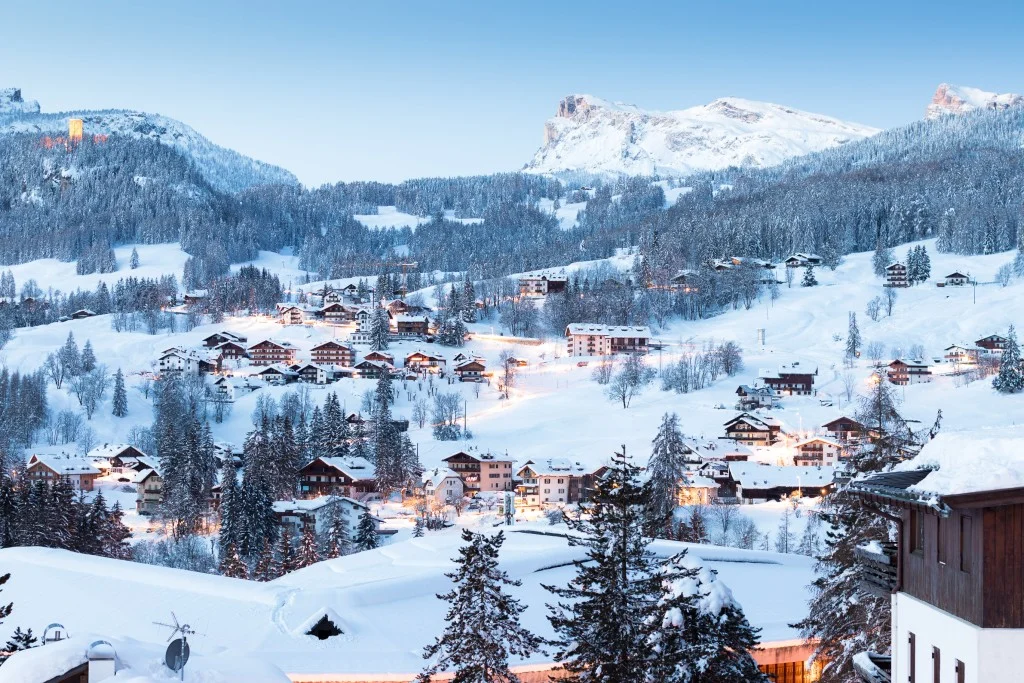
Known as the “Queen of the Dolomites”, Cortina d’Ampezzo is another fantastic winter destination. It’s renowned for its ski resorts and was the host of the 1956 Winter Olympics. Imagine yourself skiing down its pristine slopes or enjoying a warm cup of cappuccino in its chic cafes.
Val d’Aosta
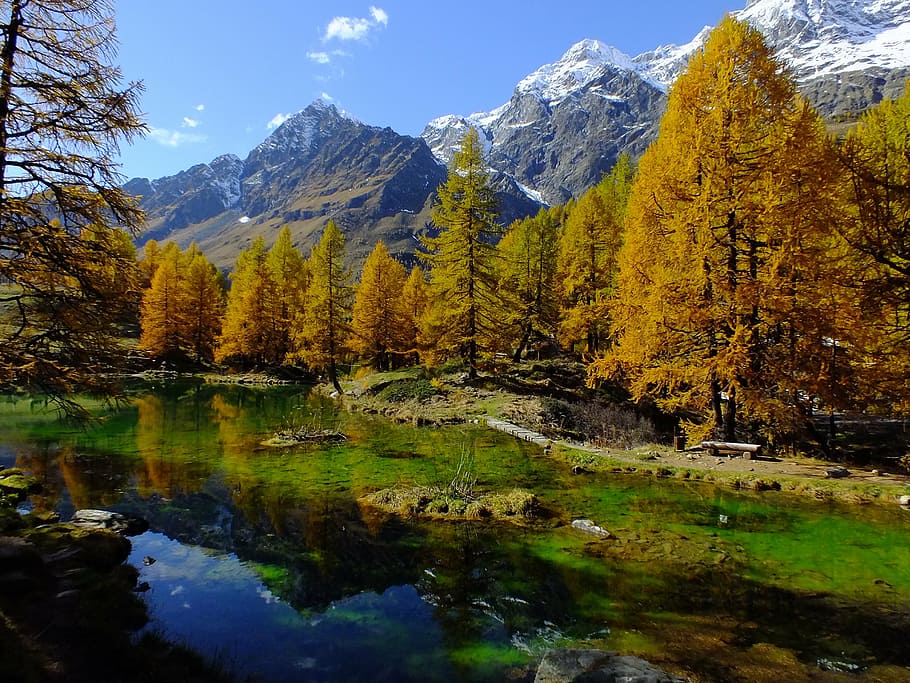
Located in the northwestern corner of Italy, Val d’Aosta is another winter gem. You’ll find stunning ski resorts here with views of the Matterhorn, Monte Rosa, and Gran Paradiso. If skiing isn’t your thing, don’t worry. You can enjoy the beautiful winter landscapes with a warm drink in hand.
Lake Como
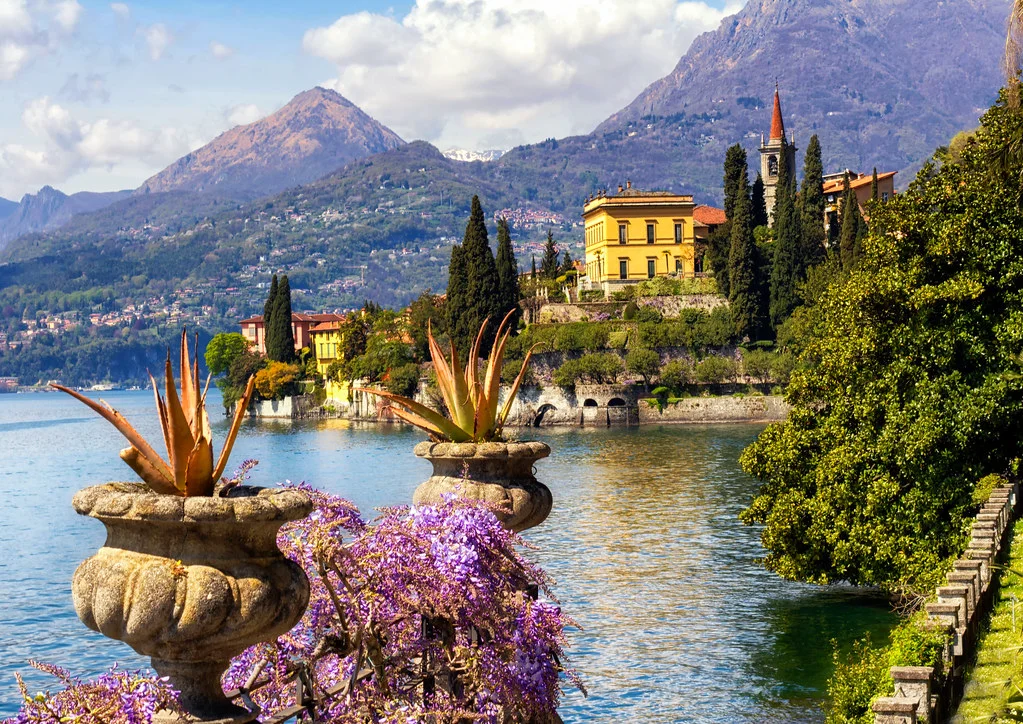
If you prefer serene beauty over adrenaline-pumping activities, Lake Como is the place to be. It’s especially magical during the winter months when the surrounding mountains are covered in snow, creating a picturesque setting.
Let’s have a quick look at these winter destinations in a tabular format for an easy comparison.
| Destination | Region | Main Attraction |
|---|---|---|
| Trentino-Alto Adige | North | Winter Sports, Dolomites |
| Cortina d’Ampezzo | North | Ski Resorts, 1956 Winter Olympics venue |
| Val d’Aosta | Northwest | Views of the Matterhorn, Monte Rosa, and Gran Paradiso |
| Lake Como | North | Scenic beauty |
What are some famous winter festivals in Italy?
As a country known for its rich culture, Italy boasts a number of winter festivals that draw people worldwide. These festivals not only celebrate the season, but also showcase Italy’s unique traditions, cuisines, and arts!
Carnival of Venice

Held in the enchanting city of Venice, this festival is renowned for its elaborate masks and grand celebrations. Participants often dress in period costumes, taking part in masked balls, parades, and various entertaining performances.
Christmas Markets in Bolzano
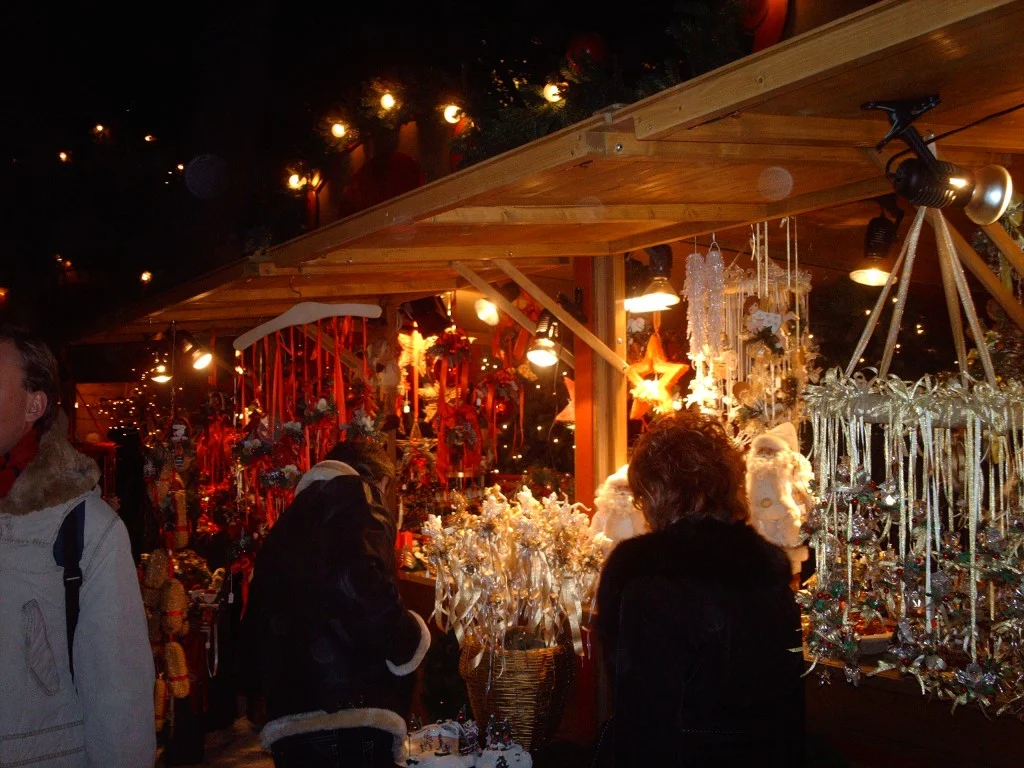
One of the most prominent Christmas markets in Italy, it features over 80 vendors selling traditional Italian goods, crafts, and delicious culinary delights. The market is set against the stunning backdrop of the snow-covered Dolomites.
Umbria Jazz Winter Festival
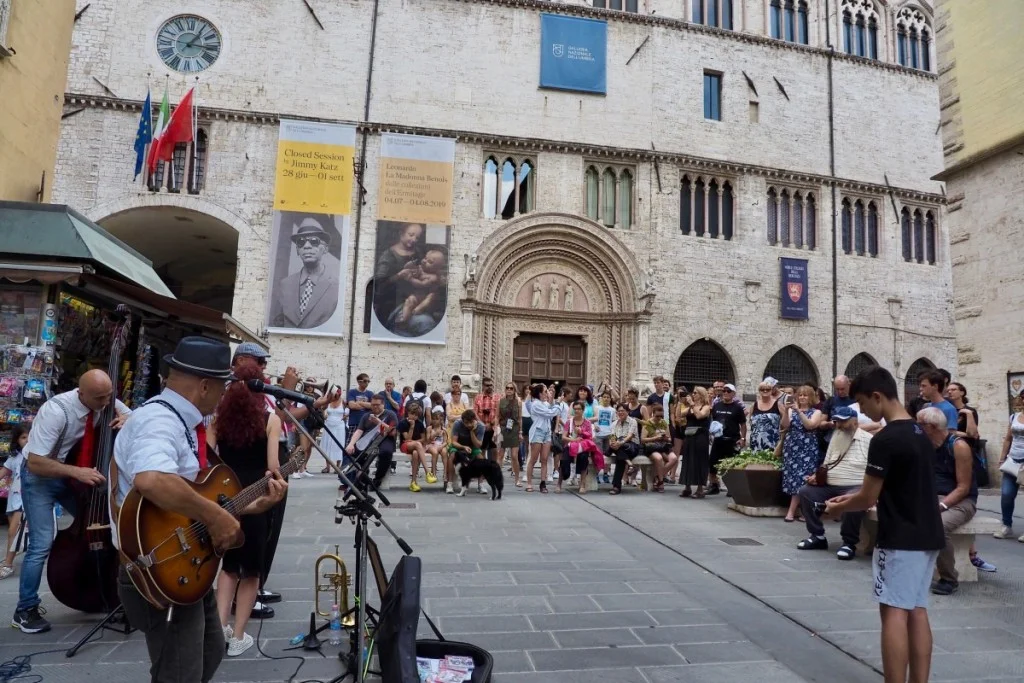
A must-visit for music enthusiasts, this festival in Orvieto presents a variety of jazz performances and workshops.
Epiphany Celebrations
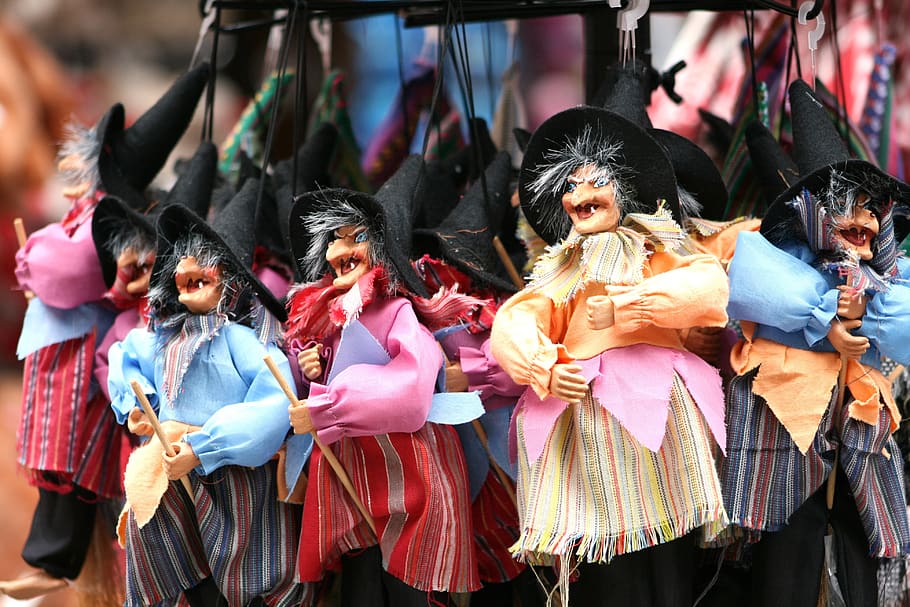
Celebrated across Italy on January 6, Epiphany marks the end of the Christmas season. One of the main highlights of this festival is “La Befana“, a kind witch who, according to Italian folklore, delivers gifts to children.
Luci d’Artista in Turin
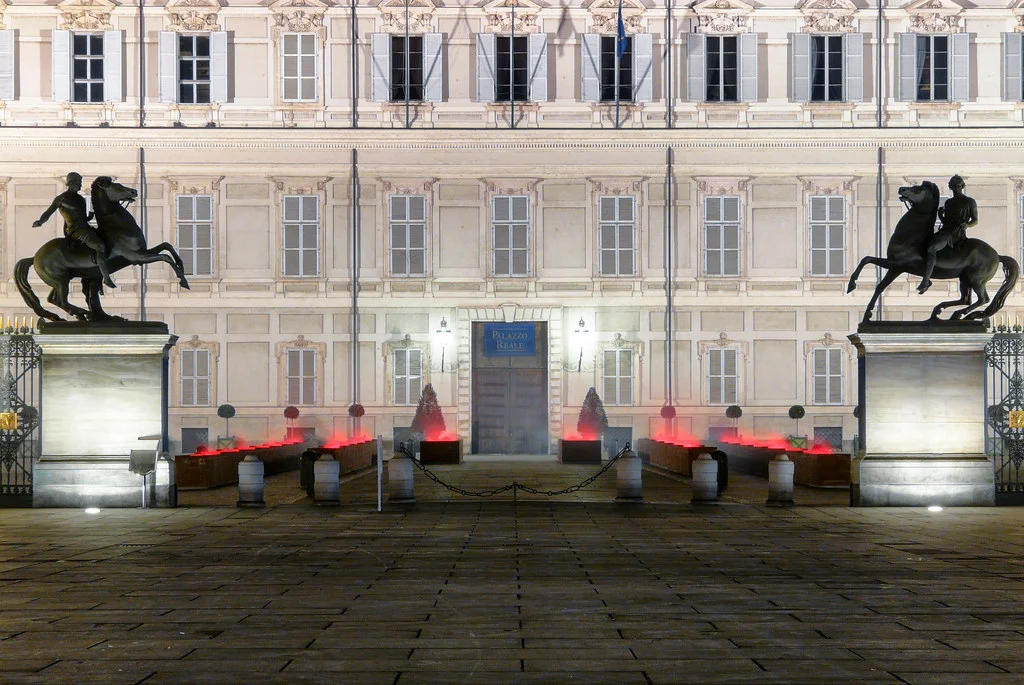
Luci d’Artista means “Artist’s Lights”, and this festival truly lives up to its name. From early November to mid-January, Turin becomes a city of lights with installations from different artists illuminating the streets, transforming the city into a magical and mesmerizing spectacle.
La Befana in Rome: Another celebration of the Befana, this time in Rome, occurs on the night between January 5th and 6th. Children hang up their stockings and eagerly await the arrival of the Befana, hoping she will fill them with sweets and gifts.
Festival of Saint Agatha in Catania: This is one of the most important religious festivals in Italy, held in early February in honor of Saint Agatha, the patron saint of Catania. It includes processions, fireworks, and the traditional offering of the candelora, large candles carried by the devotees.
Mercatino di Natale in Trentino: The Christmas markets in Trentino are a must-see. Held from late November until early January, the markets offer a plethora of local crafts, food, and drink. The festive atmosphere is further enhanced by the twinkling Christmas lights, making it a truly enchanting experience.
Essentials & Precautions for Snow in Italy
If you ever have plans to visit Italy during snow, here are a few things to keep with you.
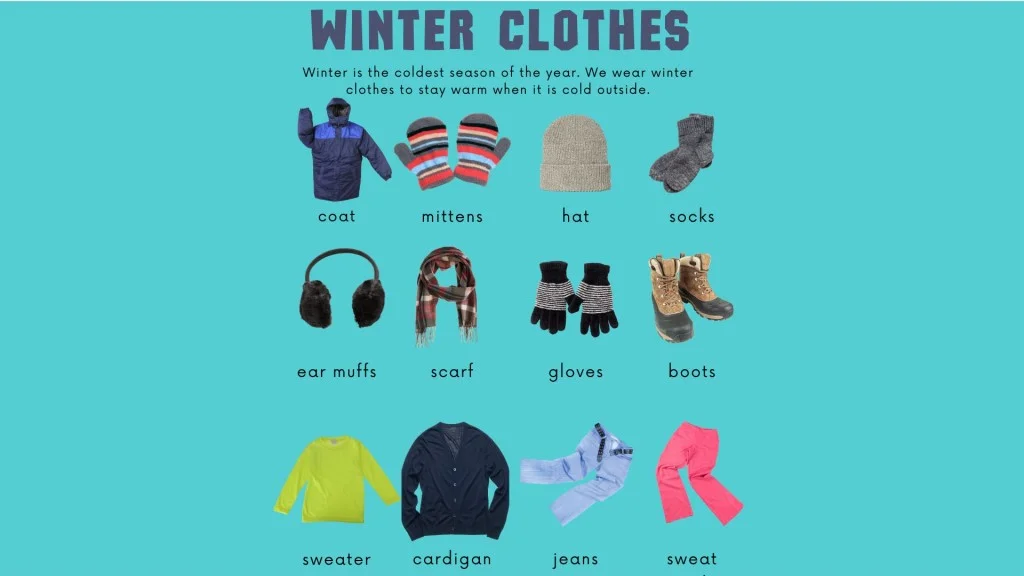
Warm Clothing:
Pack warm clothing such as jackets, gloves, hats, and thermal layers. Layering is key, especially as temperatures can drop to 0°C. Insulated and slip-resistant shoes or boots are essential for a comforting experience.
Rain Gear:
Bring raincoats and umbrellas for protection against rain and snowfall. Umbrellas can also shield you from snow while outdoors.
Snow Sports Gear:
If you plan to engage in snow sports, ensure you have all necessary gear, such as skis and snowboards. Check your equipment for any repair or maintenance needs before your trip.
Weather Forecast:
Check the weather forecast for your intended region of travel to be prepared for conditions.
Winter Activities:
Explore historic cities like Rome, Florence, and Verona with fewer crowds. Enjoy Italian cuisine in cozy restaurants and cafes.
Skiing and Snowboarding:
If you’re heading to the northern regions, indulge in skiing or snowboarding in the Alps and Dolomites. Slip-free footwear is crucial for walking on potentially icy surfaces. Carry basic first aid supplies and emergency contact information.
Local Insights:
Research local winter events, festivals, and markets happening during your visit. Engage with locals to get recommendations for off-the-beaten-path experiences.
Photography Opportunities:
Capture the beauty of snow-covered landscapes and historic architecture. Be mindful of your camera gear’s exposure to cold temperatures.
Transportation and Accessibility:
Check for any transportation disruptions due to weather conditions. Confirm accessibility to attractions, especially in areas with potential heavy snowfall.
Language and Communication:
Learn some basic Italian phrases for communication, as locals appreciate the effort. Have a translation app handy for convenience.
Hydration and Health:
Stay hydrated even in cold weather, as it’s easy to overlook fluid intake. Keep hand lotion and lip balm to prevent skin dryness due to cold.
Adapt to Conditions:
Be flexible with your itinerary in case of unexpected weather-related changes. Embrace the unique experiences that snowy Italy can offer.
Read: Aesthetic Breakfast Restaurants In Rome For A Refreshing Morning

Conclusion
Snow in Italy is undeniably an enchanting experience that deserves a spot on your bucket list. From the picturesque landscapes of the Alps and the Dolomites to the rare sight of historic cities like Rome and Venice blanketed in snow, Italy’s snowy charm adds a touch of magic to your journey. Whether you’re exploring centuries-old architecture, savoring delectable Italian cuisine, or hitting the slopes for exhilarating winter sports, Italy’s snowy wonderland promises unforgettable memories. Have fun!
Does it Snow in Italy? - FAQs
Yes, Italy does receive snowfall, especially in the northern and central regions. The Alps and the Dolomites experience heavy snowfall, creating excellent conditions for winter sports enthusiasts.
Snowfall in Italy typically occurs during the winter months, from December to February.
Yes, southern Italy and coastal areas generally experience milder winters and limited snowfall. Regions like Sicily and Sardinia usually receive very little to no snow.
 Reviewed by
Reviewed by 




